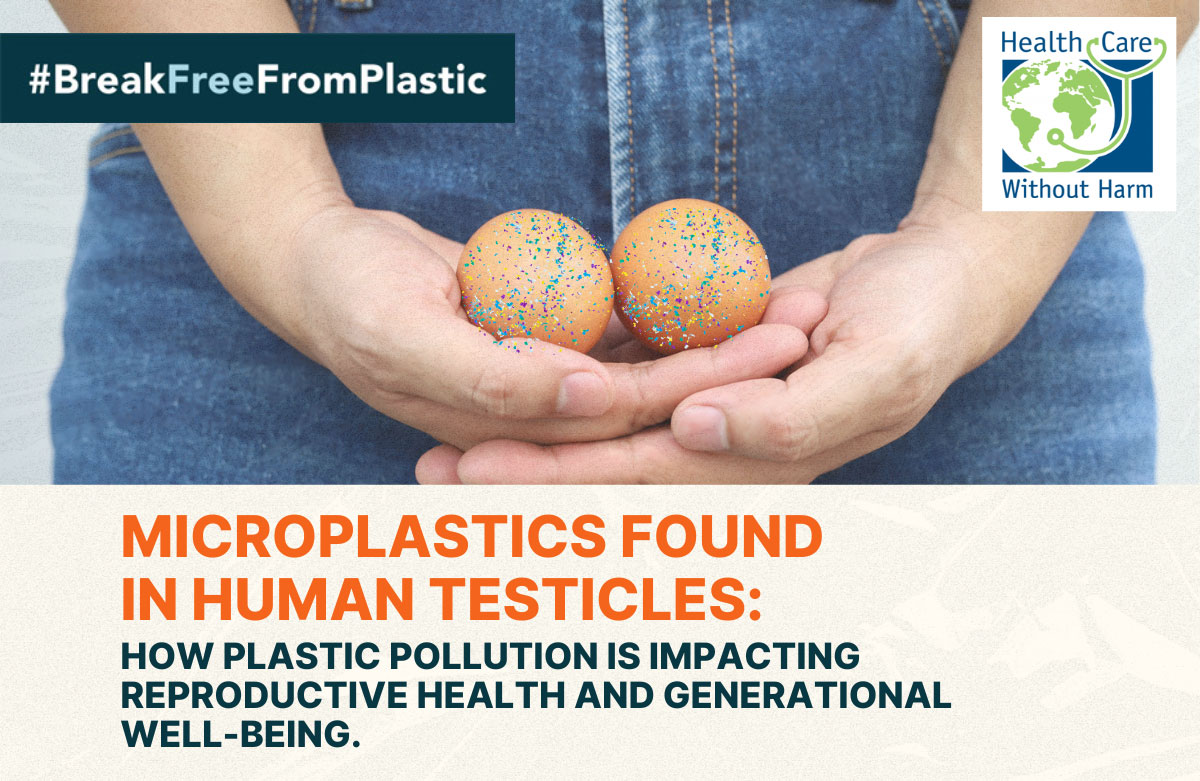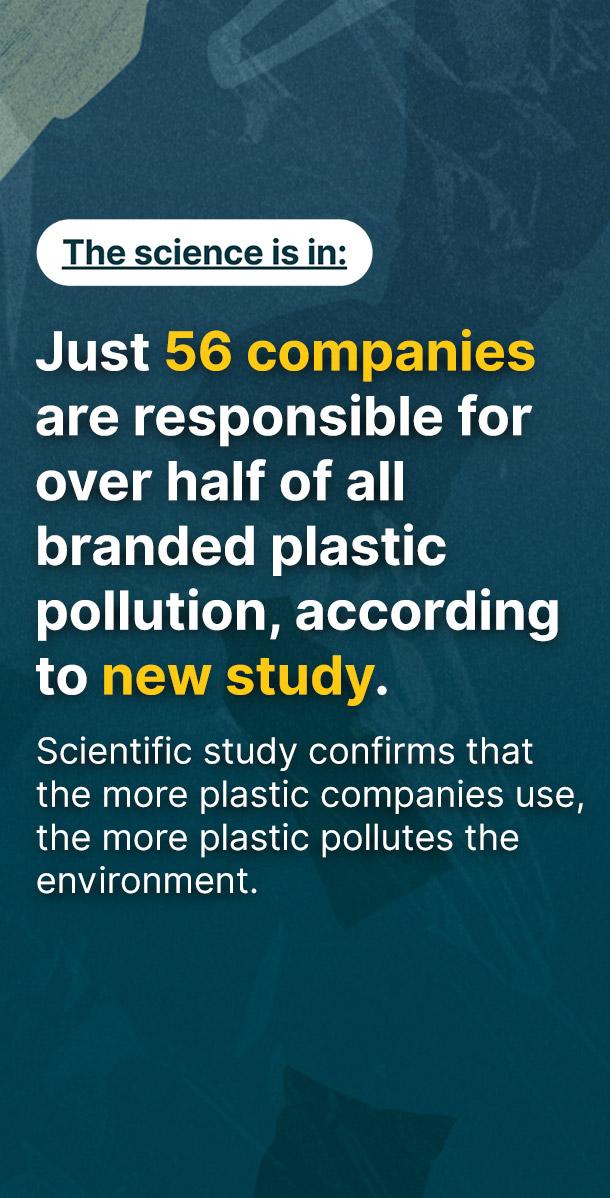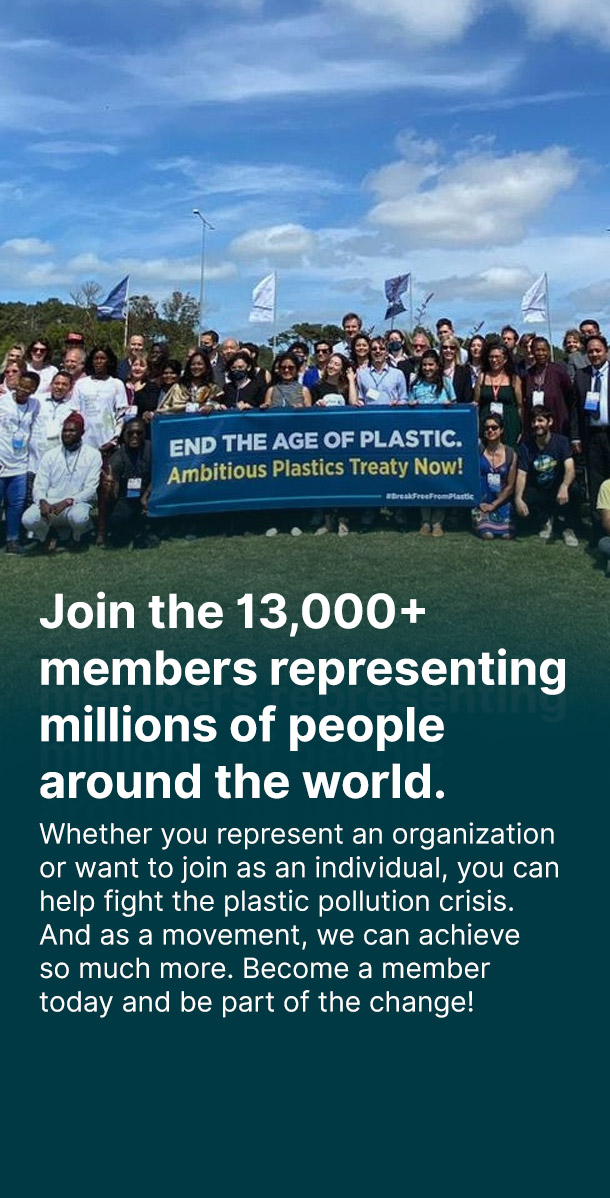Dogs have always been known as humanity's best friends, and their deep bonds with us often mean they share our lifestyles and environments. A recent study examining the potential impact on sperm quality and reproductive organ weights found microplastics in the reproductive systems of both humans and dogs. Since dogs live so closely with us, their health often mirrors our own, and studies on their exposure to pollutants can provide crucial insights into the risks we face from environmental contamination.
The results of this study showed that the total microplastic load in humans was three times greater than in dogs. Polyethylene (PE) was the most common polymer in both species, with significant levels of polyvinyl chloride (PVC) and polyethylene terephthalate (PET). While no correlation was observed between PE and lower testis weight in dogs, a correlation was found for other polymers like PVC and PET, suggesting that different plastics may have varying levels of toxicity. This is particularly concerning given that many additives are endocrine-disrupting chemicals (EDCs).
What are the health implications?
Plastics, particularly those like PVC, often contain chemical additives that can leach into the environment and human bodies, posing significant health risks. Endocrine Disrupting Chemicals, like bisphenols, phthalates, and styrene are particularly concerning additives that are used in different plastics and they have been linked to reproductive health issues, including decreased sperm count and quality, menstrual irregularities, pregnancy complications, and overall reduced fertility. Given that these harmful chemicals are widespread in everyday plastic products, the cumulative impact of continuous exposure is significant, underscoring the urgent need for stricter regulations on plastic production and the use of chemical additives.
This isn't the first time microplastics have been found in the human reproductive system. A previous study detected microplastics in seminal fluid, with polystyrene (PS) particles being the most abundant. These plastic fragments were found alongside abnormal sperm cells, raising concerns about potential reproductive harm. Research on mice has shown that exposure to microplastics can damage the blood-testis barrier, leading to fewer sperm cells, higher rates of abnormal sperm, and reduced sperm activity.
Similarly, two studies detected microplastics in human placentas and the inner lining of the uterus, respectively. In the first study, PE was the most prevalent plastic followed by PVC; in the second study, PE and PET were two of the most contaminating plastics. While the full health effects of microplastics in placentas remain unclear, they have been linked to adverse health effects on embryo-foetal development. For example, experiments in mice in the second study resulted in reduced fertility, abnormal sex ratio in offspring, and inflammatory responses. As plastic pollution worsens, the contamination of the uterus is likely to increase, raising significant concerns for foetal development and reproductive health.
The broader impact:
The presence of microplastics and harmful chemicals in the environment and our bodies—even in our reproductive organs—raises serious concerns about generational health impacts. The exposure to microplastics begins even before birth, as children are affected by their parents’ reproductive health. Developing foetuses are especially vulnerable to these pollutants, which can cause developmental issues, hormonal imbalances, and long-term health problems. After birth, exposure continues through everyday items and even medical devices, particularly in neonatal intensive care settings. As children grow, their exposure to microplastics through everyday items further increases the risk of reduced fertility, weakened immune systems, and other chronic conditions. Without significant changes to how we manage plastic pollution and chemical additives, current and future generations may face growing health challenges due to the pervasive presence of microplastics in our bodies.
This makes detoxifying the healthcare sector crucial. Initiatives like the Born Green Generation, led by Health Care Without Harm Europe, aim to reduce children’s exposure to harmful plastics and chemicals from the very beginning of life in European hospitals, and highlights the importance of protecting the most vulnerable from these invisible threats.
While the full extent of the health effects of microplastics is still being uncovered, their potential impact on reproductive health is increasingly evident. Rising levels of environmental pollutants, including plastics, have been linked to a global decline in fertility rates, with studies documenting a noticeable drop in sperm counts over recent decades. The pervasive presence of microplastics in the human body—including in reproductive organs—raises serious concerns about long-term generational health impacts. Scientific research has linked microplastics and toxic chemicals to adverse health impacts, and whether these are directly or indirectly linked, one thing is clear: microplastics do not belong in our bodies.
What are the policy opportunities?
Scientific research increasingly highlights the dangers plastics pose to environmental and human health throughout their entire lifecycle. The risks are significant – from their production, which relies on fossil fuels and destroys habitats, to the release of toxic chemicals when incinerated, and when left to pollute our oceans and forests in a single-use culture. Recycling is incapable of solving the plastic crisis as global production increases and less than 10% of plastics are recycled.
Addressing the health and environmental impacts of plastics presents several policy opportunities. In November, international policymakers will meet for a fifth time to negotiate a Global Plastics Treaty, and it is important for health ministries to be part of the national delegations to have public health at the forefront of negotiations. The Treaty must create an ambitious, legally binding framework. One that tackles the entire plastic lifecycle and promotes redesign, reuse, and extended producer responsibility schemes; one that addresses chemicals of concern to achieve a toxic-free circular economy; and most importantly, one that is legally binding for all sectors, including healthcare, in order to be effective. Thousands of healthcare professionals and organisations around the world representing more than six million health professionals signed an open letter recognising the need for a change in the sector and asking for healthcare to not be exempted from the scope of the Treaty. The global medical plastics market accounts for 2% of total plastics production by value and is growing at an annual rate of 6.1%. Establishing global standards for plastic production, use and waste management under this Treaty would significantly hamper plastic pollution and its impact on the environment and human health.
In Europe, EU REACH is pivotal in managing chemical risks and should be expanded to include specific restrictions on problematic plastics and chemicals such as PVC and bisphenols. At the end of 2023, the European Chemicals Agency (ECHA) published an investigation report on PVC and its additives. This report supports a phase-out of PVC to safeguard human health and environment, as presented by a coalition of NGOs in the analytical report PVC – Problem Very Clear. By incorporating stricter controls on hazardous substances and materials under REACH, it is possible to mitigate some of the detrimental effects associated with plastics and chemicals of concern. The results from the studies on human reproductive organs and the implication on the health impacts of plastic pollution emphasise the need to ban PVC rather than specific additives.
Enhancing plastic and chemical management systems is crucial for tackling the issue of microplastics and toxic chemicals. This can be done by leveraging existing frameworks like REACH and supporting global initiatives such as the Global Plastic Treaty. Implementing targeted national policies, creating supply chain transparency, and fostering public awareness are also key steps. These efforts are essential to driving the change we desperately need to protect both the environment and public health.




